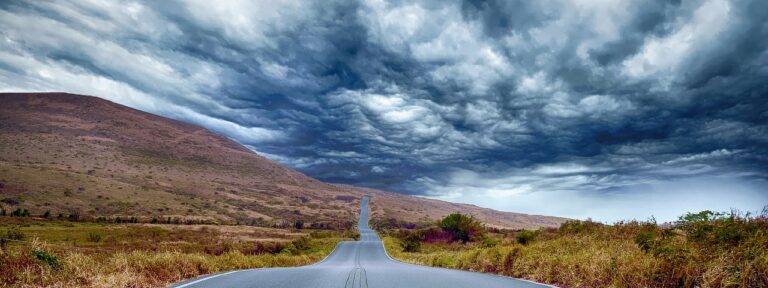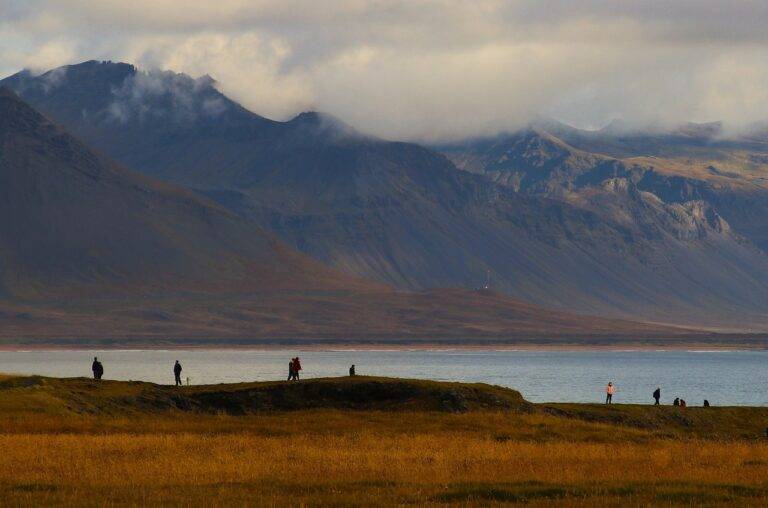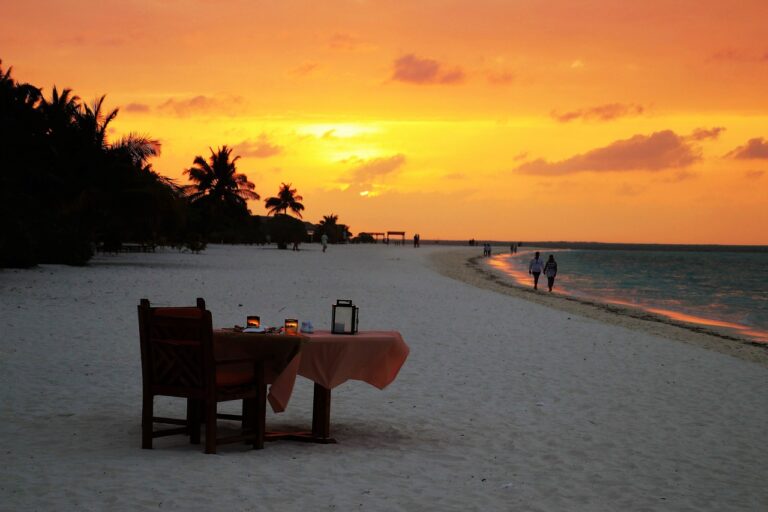Analyzing the Impact of Overtourism on Wildlife Habitats and Biodiversity Hotspots
With the increasing popularity of wildlife tourism, many natural areas around the world are facing the consequences of overtourism. The surge in visitor numbers in these fragile ecosystems has put a strain on the delicate balance of biodiversity, leading to disturbances in the natural habitat of countless species. As tourists flock to witness the beauty of these wildlife areas, the very essence that draws them there is at risk of being compromised by the sheer volume of human presence.
Negative Effects of Overtourism on Biodiversity
Overtourism can exert detrimental pressure on biodiversity in wildlife areas, disrupting the delicate balance of natural ecosystems. The influx of tourists often leads to habitat degradation, as construction of infrastructure and increased human activity result in loss of critical habitats for various plant and animal species. With greater visitor numbers, there is an elevated risk of introducing invasive species, which can outcompete native flora and fauna, further endangering the local biodiversity.
In addition, the disturbance caused by large crowds of tourists can disrupt the natural behaviors of wildlife, leading to altered feeding patterns, breeding disruptions, and increased stress levels among animals. This interference with their normal routines can have lasting consequences on wildlife populations, affecting their ability to thrive and reproduce. As a result, the overall health and resilience of ecosystems may be compromised, posing a significant threat to the biodiversity of the area.
Human-Wildlife Conflict in Overcrowded Areas
Human-wildlife conflict in overcrowded areas is a pressing issue that arises from the intersection of increased tourism and natural habitats. The influx of visitors into wildlife areas often disrupts the delicate balance between human activities and the natural behavior of wildlife. This can lead to animals becoming stressed, altering their migration patterns, and encroaching into human settlements in search of food or space.
Furthermore, human-wildlife conflict in overcrowded areas can result in safety risks for both humans and animals. As tourists seek closer encounters with wildlife for that perfect photo opportunity, they may inadvertently provoke defensive reactions from wild animals. This can lead to dangerous situations where both parties are at risk of harm, highlighting the importance of responsible tourism practices in safeguarding the well-being of both humans and wildlife in these shared spaces.
• Increased tourism disrupts the balance between human activities and wildlife behavior
• Animals may become stressed, alter migration patterns, and encroach into human settlements
• Safety risks arise as tourists seek closer encounters with wildlife for photos
• Provoking defensive reactions from wild animals can lead to dangerous situations
• Responsible tourism practices are crucial for safeguarding the well-being of humans and wildlife in shared spaces
What is overtourism?
Overtourism refers to the situation where an excessive number of tourists visit a particular destination, leading to negative impacts on the environment, wildlife, and local communities.
How does overtourism affect wildlife areas?
Overtourism can disrupt natural habitats, disturb wildlife, and lead to increased human-wildlife conflicts in overcrowded areas.
What are the negative effects of overtourism on biodiversity?
Overtourism can result in habitat destruction, pollution, loss of biodiversity, and disruption of wildlife behavior and breeding patterns.
What is human-wildlife conflict in overcrowded areas?
Human-wildlife conflict occurs when increasing human presence in wildlife areas leads to negative interactions between humans and wild animals, such as crop damage, livestock predation, and even attacks on humans.
How can human-wildlife conflict be mitigated in overcrowded areas?
Human-wildlife conflict can be mitigated through measures such as habitat protection, wildlife corridors, community education and involvement, and responsible tourism practices.





